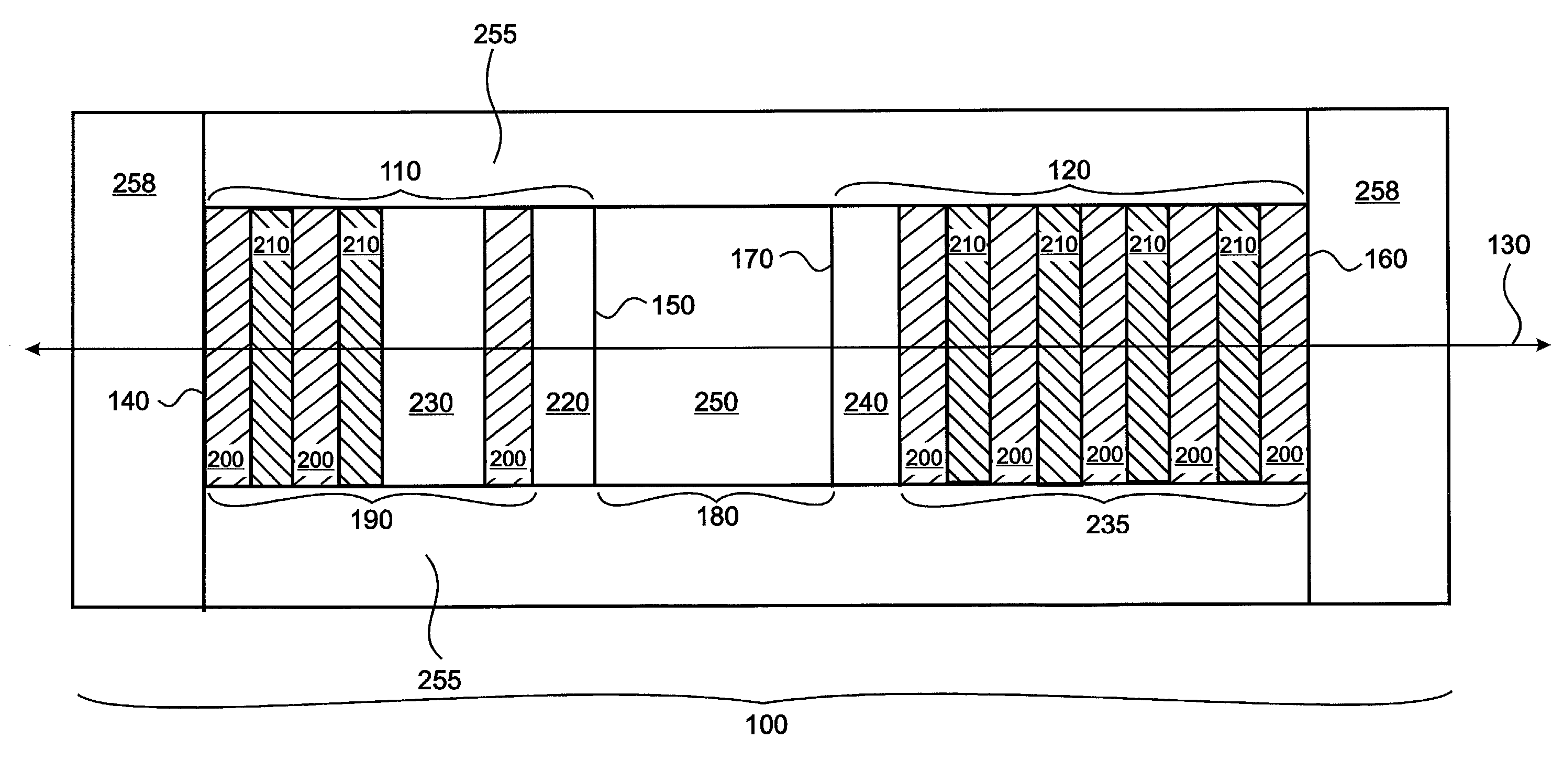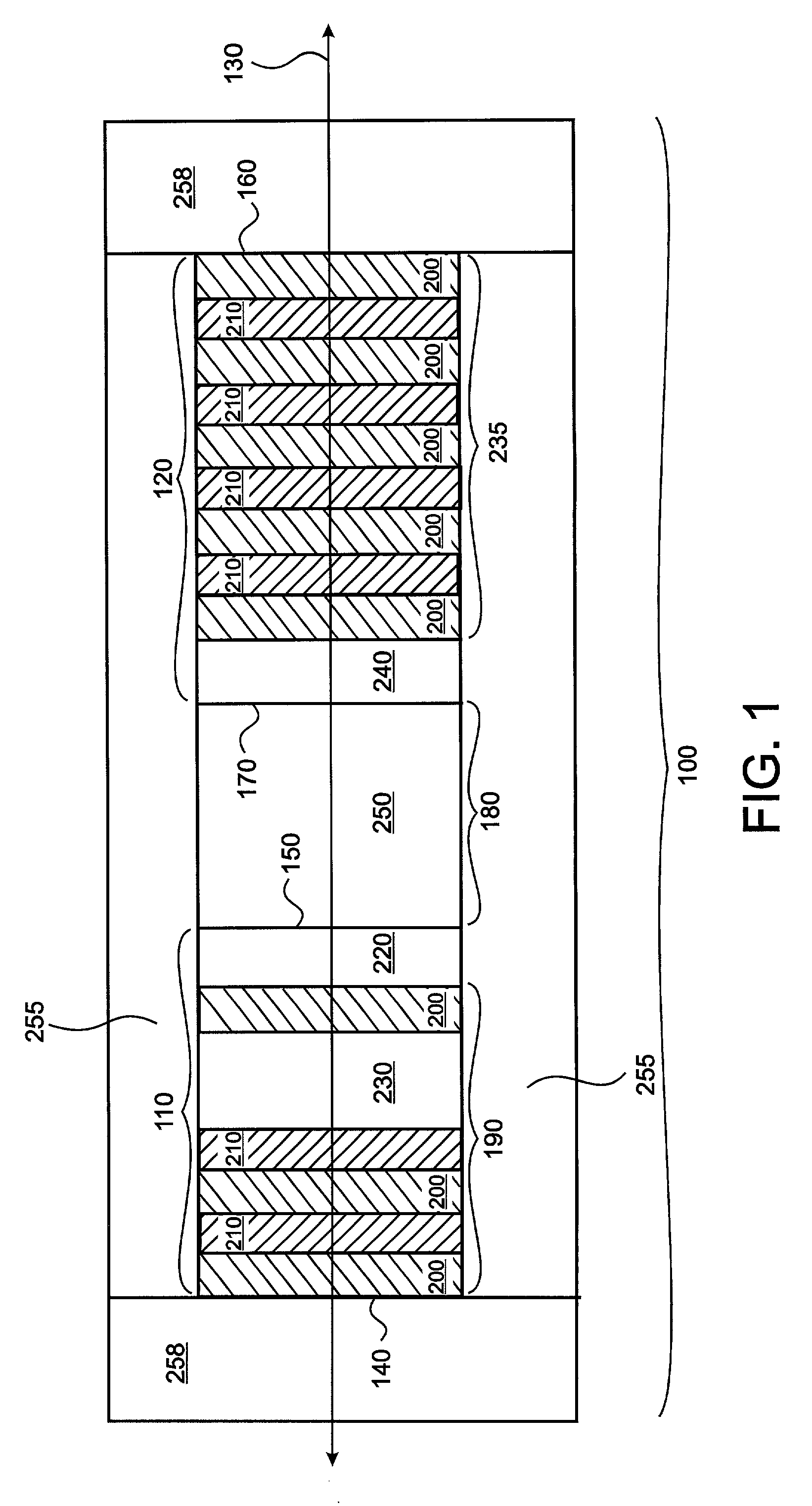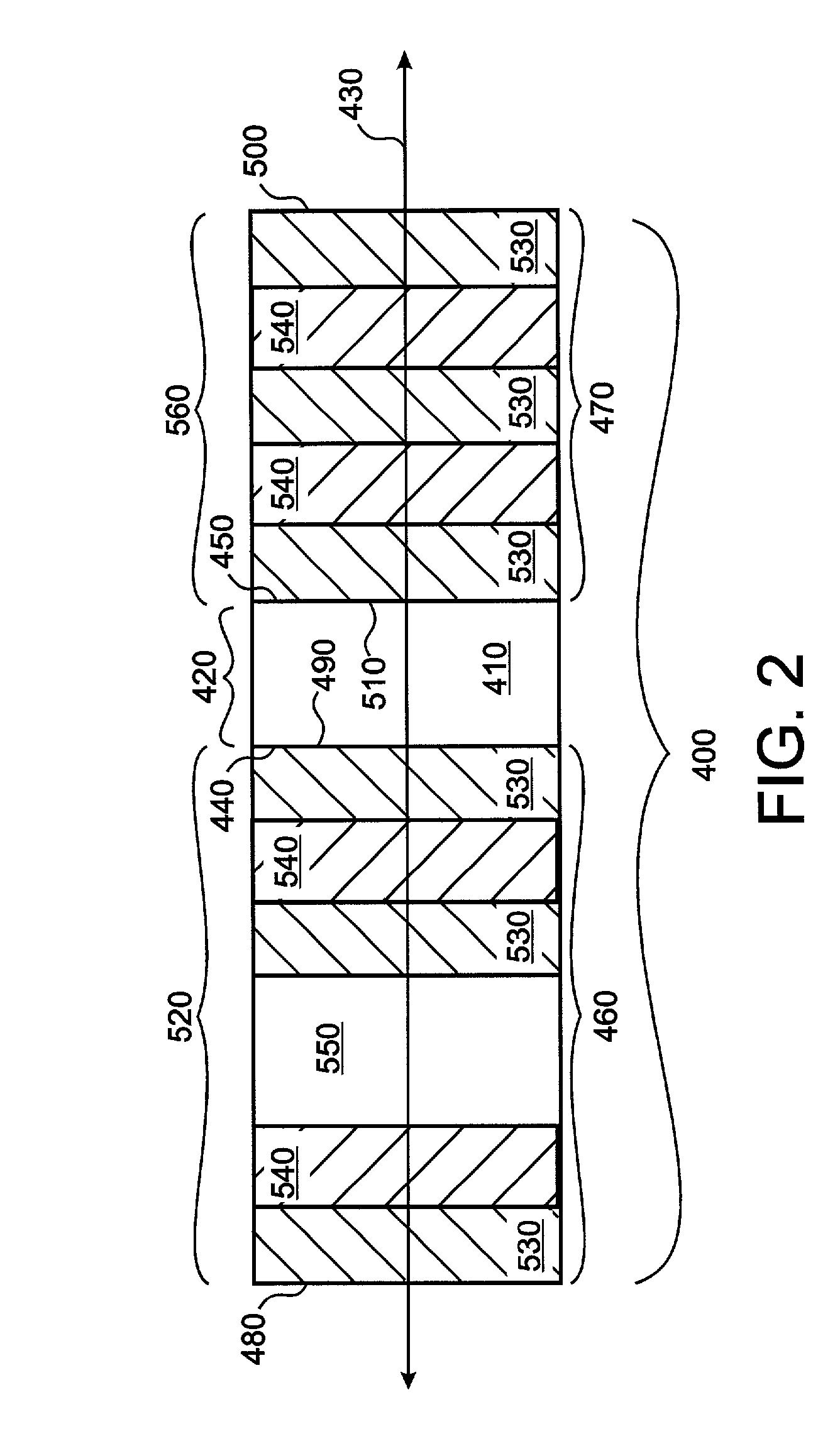Fabry-perot etalon with independently selectable resonance frequency and free spectral range
a technology of fabryperot etalon and resonance frequency, which is applied in the direction of instruments, measurement devices, optics, etc., can solve the problems of imposing substantial physical limitations on the speed of information transmission and utilization, and affecting the overall efficiency and accuracy of the telecommunication network
- Summary
- Abstract
- Description
- Claims
- Application Information
AI Technical Summary
Benefits of technology
Problems solved by technology
Method used
Image
Examples
example 2
GT Etalon Filter Frequency Matched to the Transmission Channels of the ITU Frequency Standard
[0098] A GT etalon of the present invention capable of frequency matching to the transmission channels of the ITU frequency grid was evaluated and compared to GT etalon designs in the prior art. Specifically, a GT etalon was designed to have a free spectral range a close as possible to 50 GHz and a resonance frequency as close as possible to a frequency of 194000 GHz. Further, the GT etalon was designed to comprise a partial reflector with a reflectance of approximately 48% at one mirror and a high reflector with a reflectance of 99.95%.
[0099] Prior art GT etalon designs with a free spectral as close as possible to 50 GHz and a resonance frequency as close as possible to a frequency of 194000 GHz comprises a partially reflective reflector and highly reflective reflector separated by a resonance cavity with an optical path length of approximately 3.0 mm. Specifically, the partially reflective...
PUM
 Login to View More
Login to View More Abstract
Description
Claims
Application Information
 Login to View More
Login to View More - R&D
- Intellectual Property
- Life Sciences
- Materials
- Tech Scout
- Unparalleled Data Quality
- Higher Quality Content
- 60% Fewer Hallucinations
Browse by: Latest US Patents, China's latest patents, Technical Efficacy Thesaurus, Application Domain, Technology Topic, Popular Technical Reports.
© 2025 PatSnap. All rights reserved.Legal|Privacy policy|Modern Slavery Act Transparency Statement|Sitemap|About US| Contact US: help@patsnap.com



